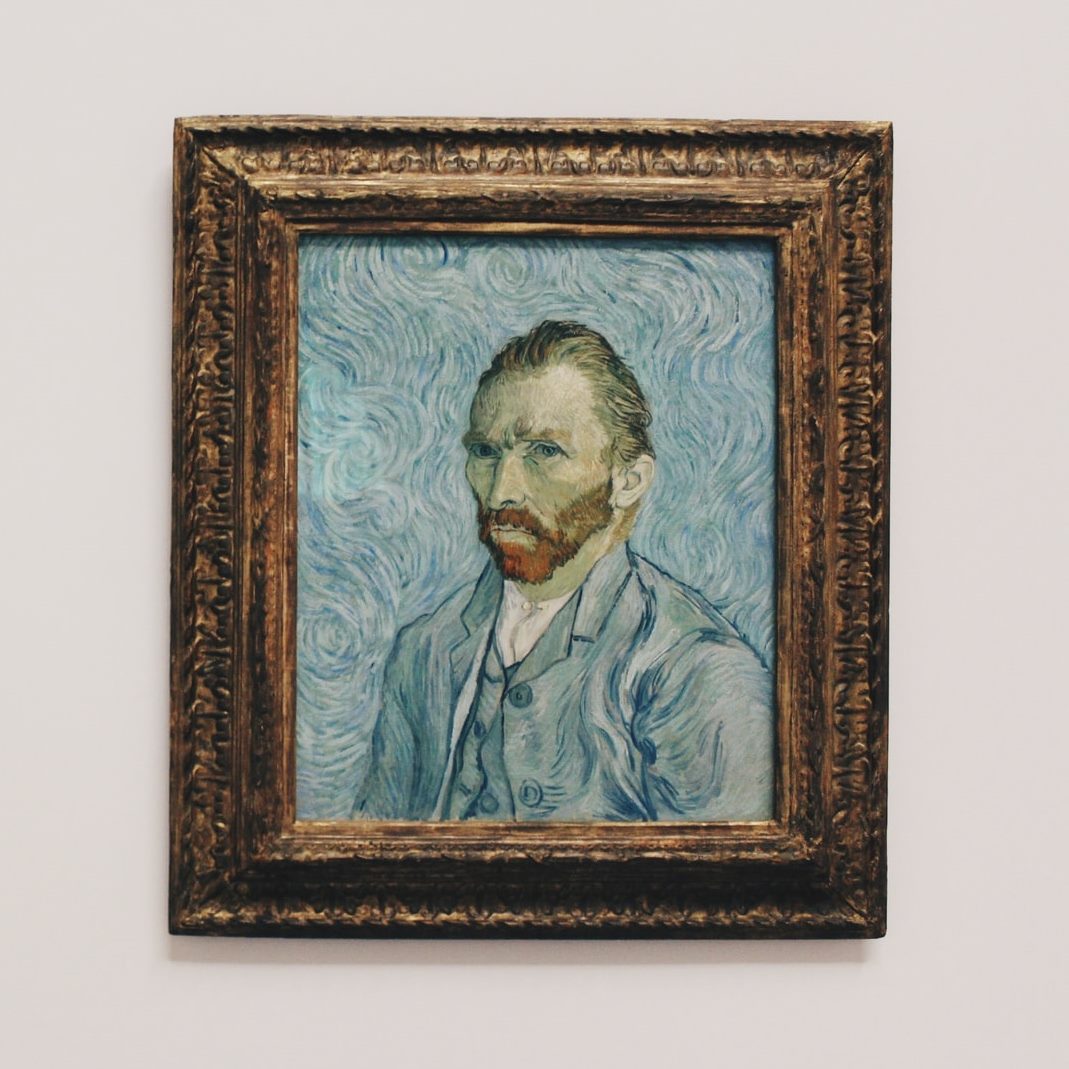The world of art can be many things at once. It’s a luxury world, yet its creators are starving. It’s an exclusive world, yet hundreds of thousands of people call themselves artists. It’s the world of unlimited potential yet limited opportunities. Overall, art is more of an industry than a creative field at the moment. So many factors can determine one’s success or failure here. However, success is often determined only by the money and the cost value of the artwork.
So, what makes the artworks successful, a.k.a. expensive? Perhaps, the right question here would be why some of the artworks are so expensive when others are not. That is a truly difficult question to tackle, though we will try. Here are five reasons why artworks can be so expensive.
Exclusiveness
It’s just a nice feeling to have something that no one else has. Often people are not paying for the artwork per se. They are paying for the exclusive right to have something no one else can have. People pay a high price to own artworks since there can be only one original example. For the most part, you can even see who owns what paintings, as if they are in museums or private collections. You can even order research on this topic, but don’t forget to read paper help reviews first.
Exclusiveness is also the reason why the value of artworks usually grows with the death of the artist. It means that the artist can no longer create anything new. Hence the number of pieces they left behind is all that the world would have of them. So, with no more new artworks, the exclusiveness of those items also grows.
Fashion (supply and demand)
Sometimes, some artists or styles just get into fashion. They become the desired object to have. Hence, the basic principle of the supply and demand law starts to work here. With the growth of demand and limited supply, the costs of the pieces are growing in value. Hence, artworks are expensive because people make them appear so. People start showing their interest in some of the pieces, thus making them move valuable. It leads to an increase in price since more people now want to possess them. The growth in prices will limit opportunities for how many people can afford those pieces.
However, fashion can be only a temporary explanation of art value. Some artworks don’t age that well in terms of their value or social interest.
Exhibitions are expensive
Organizing an art exhibition is not cheap. The costs for having an art gallery or making an exhibition can be rather high. Hence, those costs have to justify themselves. Since one of the main ways art galleries can support themselves is through selling artworks, and those works can’t be cheap. It’s that simple. The industry often dictates the initial cost of the artwork.
Investing
Art is an easy and rather stable investment. Most artworks, especially those by world-famous artists, have only grown in value. Hence, buying a painting can turn into a great investment opportunity. Once again, art becomes expensive because we make it so. Many artworks are steadily increasing in their price every year just because we tend to think of them as investments. What’s more, the artwork is very convenient to deal with when it comes to donations and taxation, as many states make it very tax-friendly investments.
Art is also a luxury item that can benefit one’s reputation in social circles. Hence, by purchasing art, people are not only making financial investments but also investing in their position in society.
Art is priceless
More often than not, art is simply priceless, though not in a way that you can’t put a price on it. Of course, we can, and that's what we always do. However, defining the price of art is something we still struggle to master. Overall, art is way too abstract and independent as an industry to form any sort of mechanism that can put a price on it. Just compare it to the publishing industry for a minute.
It’s rather easy to define the cost of a book (not a manuscript, mind you). The cost of a book will depend on the hard or soft cover, paper quality, publisher, the author’s fame, etc. Those are all very tangible factors that are all missing in art. A writer can use rare and difficult techniques, insert unexpected plot twists, or create a whole new genre. These things may impact the success of the book and the author’s popularity. What they can’t have much impact on is the price of the book. It can increase the value a little, though the industry itself won’t let it go too high. One of the reasons it is so is due to the lack of exclusiveness, of course. However, the rest is explained solely due to the unique and unpredictable nature of the art industry.
